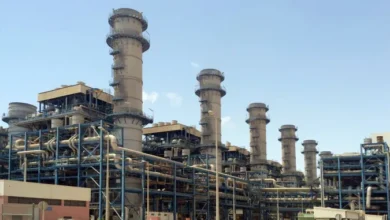
Mount Etna, Europe’s most active volcano located in Sicily, erupted on Monday, releasing a massive column of ash, gas, and volcanic rock into the sky following a likely collapse on part of its southeastern crater, according to Italian geophysical authorities.
The Italian Institute of Geophysics and Volcanology (INGV) confirmed that surveillance cameras recorded a pyroclastic flow — a fast-moving cloud of hot gases and volcanic debris — cascading down the northern slope of the crater. The flow is believed to be the result of structural failure within the crater itself.
The volcanic activity quickly escalated into a lava fountain, with a towering ash plume reaching approximately 6.5 kilometers high, drifting southwestward. Despite the dramatic display, officials reassured the public and tourists that the eruption posed no immediate threat.
Sicily Region President Renato Schifani stated that experts had confirmed the affected area was away from zones typically visited by tourists. “There is no danger to the population,” he emphasized.
Footage circulating on social media showed tourists fleeing the slopes while others paused to capture the moment. In response, the regional civil protection agency urged visitors to avoid the area temporarily, citing the potential for further volcanic activity, which remains under close observation.
Italy’s aviation authorities declared a maximum alert due to the height and intensity of the ash column, although Catania Airport remains operational and flights continue to run normally.
The INGV continues to monitor Etna closely, and authorities remain on high alert to ensure public safety as the situation develops.













